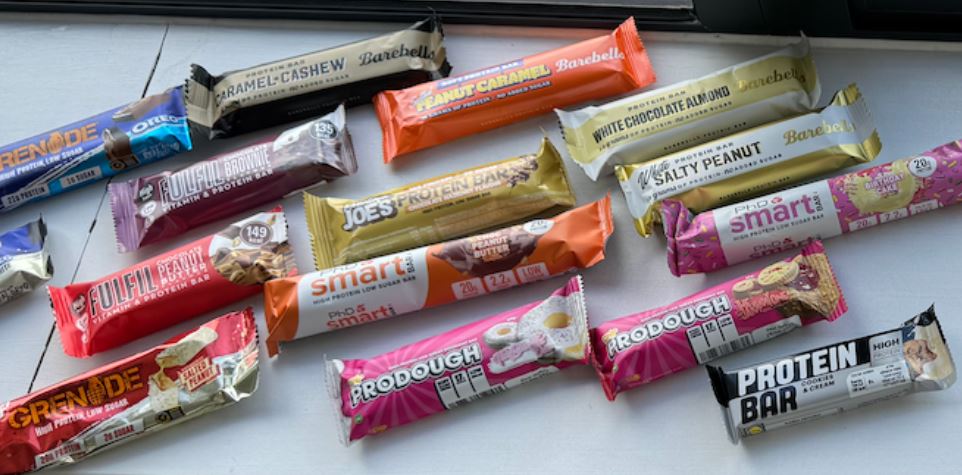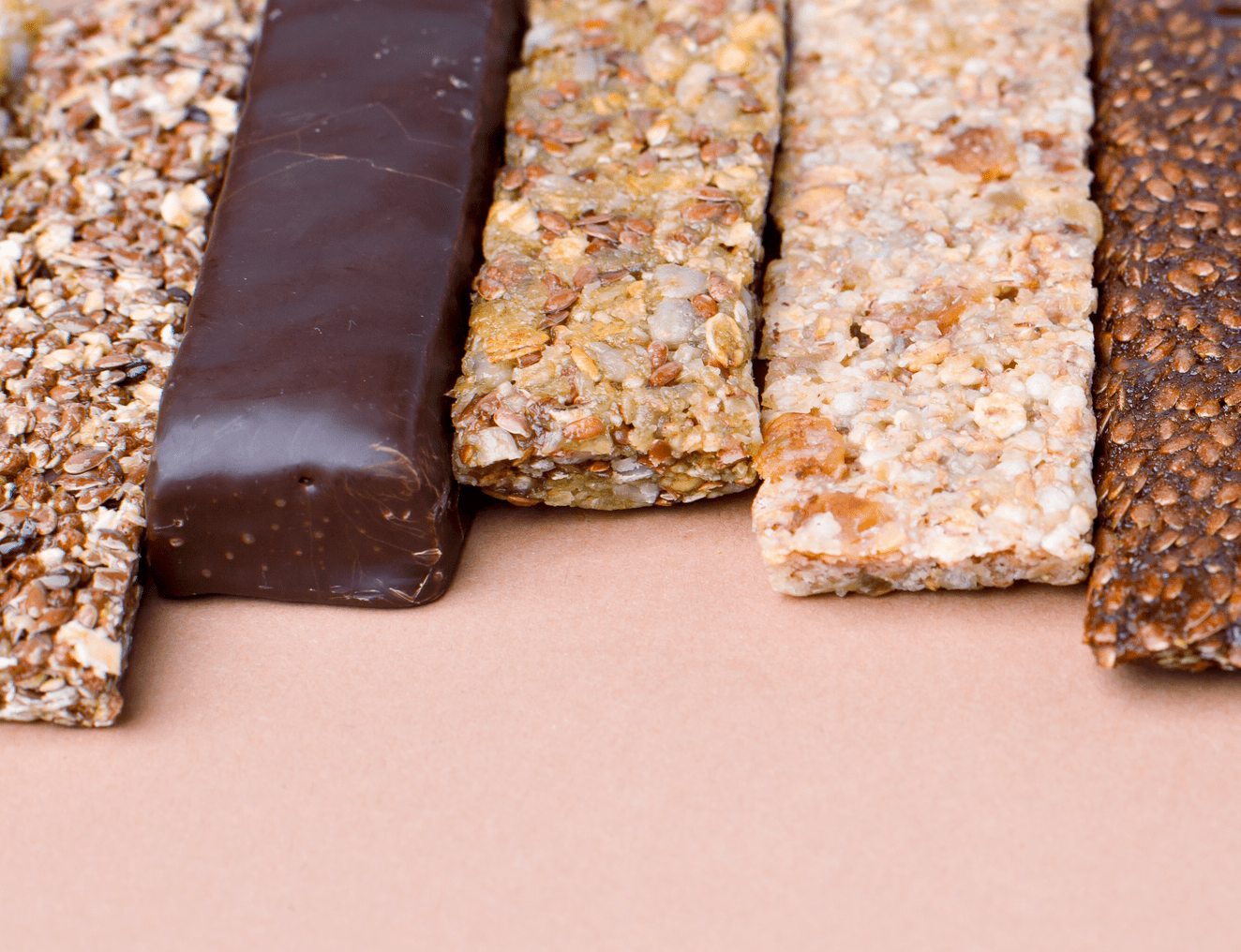Innovation means sparkly, new, and sometimes complicated — never seen before. But innovation has its ceiling, and sometimes there are only so many new things that can be developed.
Sometimes innovation is the mega-trend of superfoods effectively winning because it is the next-generation multivitamin — foundational health at its finest. And sometimes, innovation is just about the classics being put back into the spotlight. Enter stage left, creatine.
Creatine is big news at the moment. Not because creatine has changed, but because research has caught up to its wide-reaching health effects. Think about improved cognitive function, a role in concussion management and health benefits specific to women.
Here’s a run-down on the creatine trends we see in our data.
Creatine monohydrate: don't make it complicated
The type of creatine we see most often is creatine monohydrate, however, with creatine’s re-emergence into the spotlight, we’ve also seen a smattering of different creatine types being used, including:
· Creatine ethyl ester
· Creatine alpha-ketoglutarate
· Creatine fumarate
· Creatine orotate
But, looking at the data, creatine monohydrate is simply in a league of its own.
Protein powders + creatine
The majority of brands we track that sell creatine also sell protein powders, and particularly whey protein, which makes sense as creatine is predominantly a sport-specific nutrition supplement.
But this tells us that creatine hasn't quite made the leap from sport-specific nutrition to a mainstream dietary supplement just yet.
Leading creatine formats
When it comes to the forms of creatine in the market, we see creatine ready-to-mix (RTM) powders as the clear favourite. This speaks to creatine’s versatility; simply add a scoop of unflavoured creatine to a drink of your choice, most likely a protein shake, and job done. Capsules and tablets are the second favourite format, with gummies and effervescent tablets following behind.
An interesting insight from our creatine data suggests that a significant number of brands we track offer one or two different creatine formats. So, we don’t see many brands getting inventive with their creatine range extension — again, creatine showing its back-to-basics nature in formats.
Creatine dosing
No surprises here, 3g or 5g are the leading creatine doses we see in the market. This may not reflect creatine as a simple supplement with a simple dosing regimen so much as it’s the standardised dose range that is supported by science and regulation.
Multi-source creatine
Despite the reinvigorated interest in creatine for different health benefits beyond lean tissue augmentation, we don’t see many brands using different creatine sources in creatine products, i.e., creatine monohydrate + creatine hydrochloride.
We’re sensing a theme here.
Creatine isn’t sexy (even with the new scientific research on its vast-ranging health benefits), and to be honest, it doesn’t have to be. It’s a one-ingredient powerhouse that’s stood the test of time.
We expect to see innovation in creatine in the future, but not because it’s in desperate need of innovation.
As we wait for a next-generation creatine product to launch that redefines the category, we think any innovation we do see will emerge from brands finding a whitespace to lean into.
Our creatine questions
· Does creatine need innovation?
· Do consumers want creatine innovation?
As it stands, the reinvigoration of creatine across different health topics has yet to transcend into the market. Essentially, creatine is still a basic product for a sport-specific nutrition market. That's it.
Creatine is just creatine and an example of back-to-basics sports nutrition at its finest.








.jpg)

















